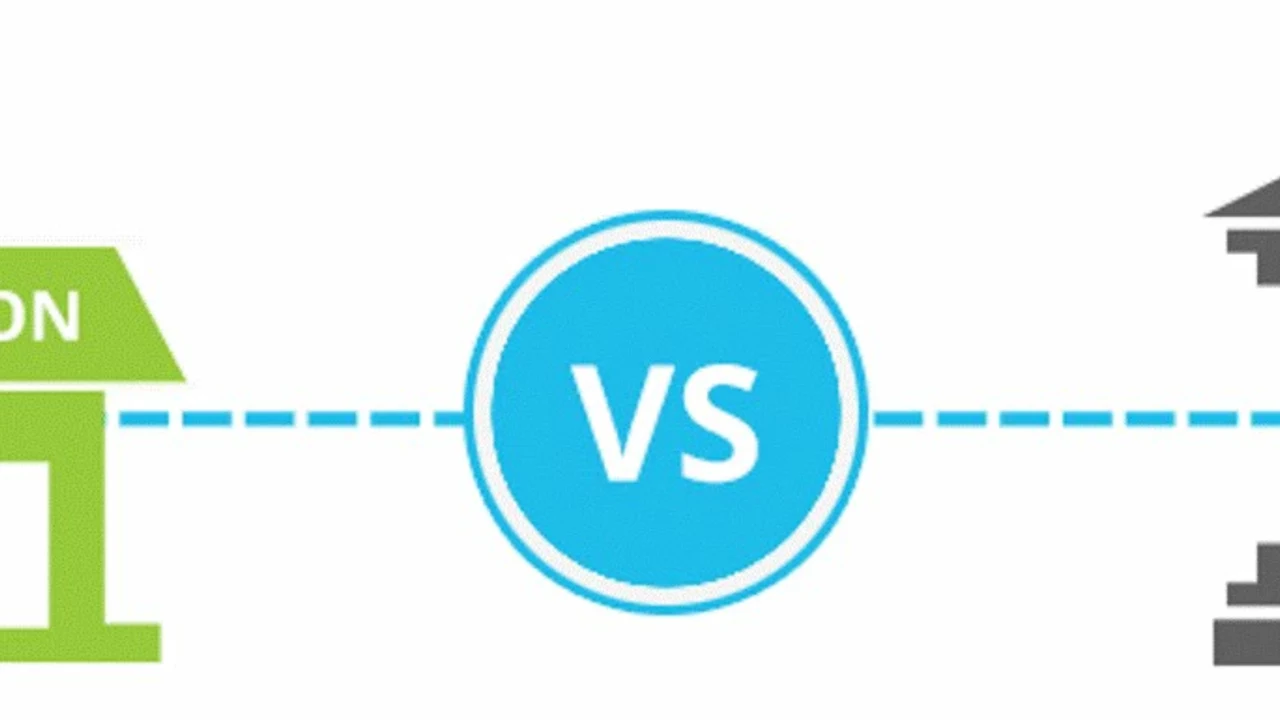Selling Loans: A Simple Guide to Getting Cash Fast
If you have a loan you can’t afford or just need extra cash, selling it might be the fastest solution. It sounds complicated, but the process is basically a trade: you hand over the right to collect the payments, and a buyer gives you a lump sum today. This page walks you through why people choose to sell loans and how you can do it without getting ripped off.
Why People Sell Loans
Most folks sell loans when the monthly payment feels like a heavy burden. Maybe you lost a job, your income shrank, or you simply want to free up cash for a bigger expense. Some sell because they have a loan with a high interest rate and want to avoid paying extra over time. Others see an opportunity: a buyer might offer more than the remaining balance, especially if the loan is low‑risk and the borrower has a solid credit history. In short, selling a loan can turn future payments into immediate money, and that can be a game‑changer when you need it now.
Step‑by‑Step Process to Sell Your Loan
1. Gather loan details. Collect the original agreement, balance, interest rate, payment schedule, and any collateral information. The more accurate the data, the easier it is to get a fair offer.
2. Find a reputable buyer. Look for established loan‑buying firms, online marketplaces, or local investors. Check reviews, ask for references, and make sure they’re licensed if required in your state.
3. Get multiple quotes. Don’t settle for the first number you hear. Getting at least three offers helps you see the market range and negotiate a better price.
4. Evaluate the offer. Buyers usually propose a percentage of the remaining balance—often 70‑90 % depending on risk. Make sure the fee structure is clear and there are no hidden costs like “processing fees” that eat into your cash.
5. Sign the transfer agreement. This legal document transfers the right to collect payments to the buyer. Read it carefully; you may want a lawyer to review it, especially if the loan involves collateral.
6. Receive the lump‑sum payment. Most buyers will wire the money within a few business days after the agreement is signed. Verify the amount before you consider the deal closed.
7. Notify the borrower. Let the person who was paying your loan know that the payment should now go to the new owner. Provide them with the buyer’s contact info and any updated payment instructions.
That’s the whole cycle. By following these steps, you avoid scams and walk away with cash you can use right away.
One quick tip: keep a copy of every document you sign and any communication with the buyer. If something goes wrong, you’ll have proof to sort out disputes fast.
So, if a loan is draining your wallet, consider selling it. You’ll get a lump sum now, remove a monthly payment, and free up mental space. It’s not a decision to take lightly, but with the right buyer and a clear process, it can be a smart move for anyone needing quick cash.

Do credit unions sell loans as banks sometimes do?
In my exploration of financial systems, I've discovered that credit unions, much like banks, do have the capacity to sell loans. This practice involves selling the loans to other institutions, often as a way to free up capital. However, it's important to note that credit unions operate based on their members' best interests, so they generally lean towards holding onto loans rather than selling them. But, just like banks, they have the right to sell loans if necessary or if it's beneficial for their stability and growth. So, while it isn't a common practice, it isn't unheard of in the world of credit unions.
Read More